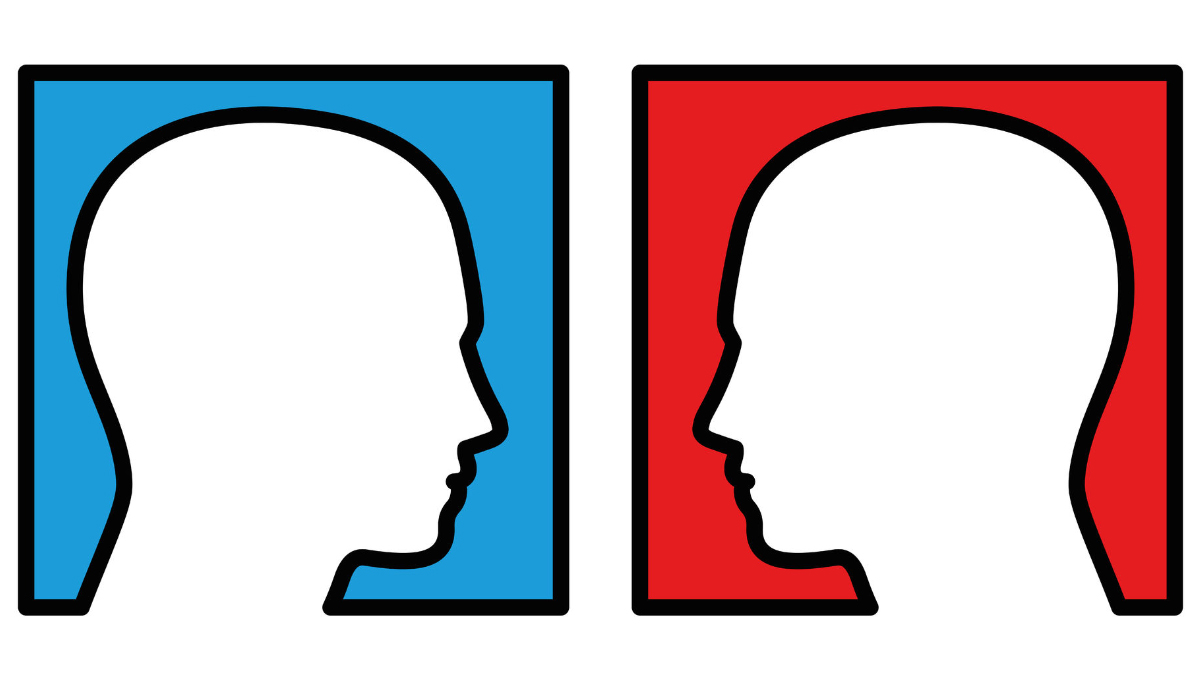An essay in the current issue (Oct. 2017) of Eos, the house organ and newsletter of the American Geophysical Union (AGU), is titled “Red, Blue—and Peer-Review” (P.R.).
The essay asserts that P.R. is superior to a debate between a (red) team of climate skeptics and a (blue) team of alarmists. I disagree strongly and will point to prominent cases where P.R. is misused to keep contrary opinions and facts from being published and thus enforce a “consensus.” A classic case is described by Douglass and Christy here.
I can cite many more examples—assuming that the IPCC (U.N. Intergovernmental Panel on Climate Change) represents a kind of P.R., as constantly claimed by alarmist IPCC proponents.
I have shown, and convinced many others, that the “evidential facts” in support of anthropogenic global warming (AGW), cited by the first three Assessment Reports (A.R.s) of 1990, 1996, and 2001, are based on spurious analyses and data.
Recently, I discovered that the evidence used by A.R. 4 (2007) and A.R. 5 (2013) does not really exist; it is fake, an artifact of incomplete data analyses. I refer here to the reported surface warming of 1978-1997 (for details, see this).
But publication of such a result is difficult. It involves finding a sympathetic and courageous journal editor who will not send the manuscript to unfriendly, biased reviewers.
Obviously, a red-blue debate might rapidly settle any controversies—or at least bring them to light. Thus, one understands why consensus-enforcers try to keep out inconvenient facts, avoid debates, and prefer peer review.










